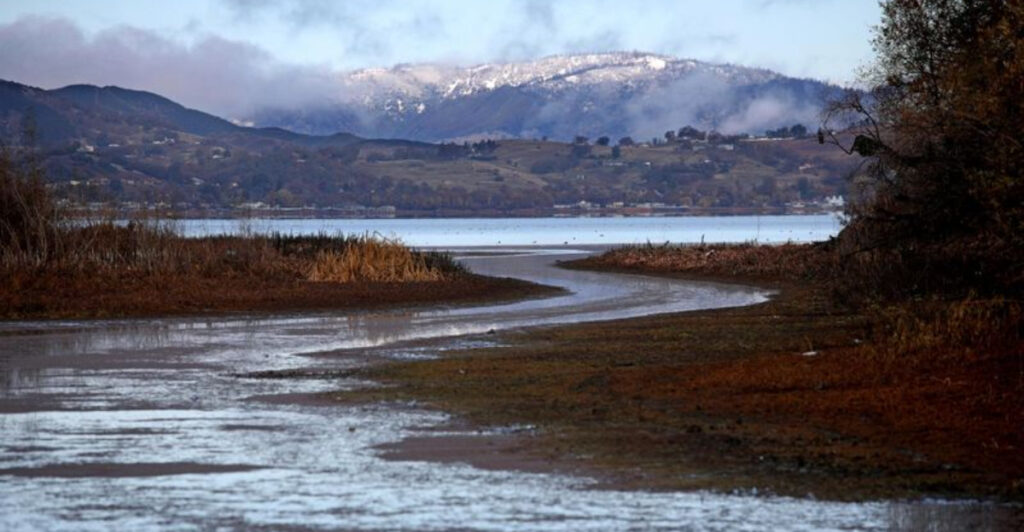Once a quiet alpine lake hidden in Wyoming’s rugged backcountry, “Swastika Lake” has now found itself at the center of a heated national debate. While its recent name change was meant to address the symbol’s disturbing modern associations, many locals are not happy—and tourists should pay attention. Here are 15 reasons this scenic spot is making headlines:
1. The Lake’s Name Was Changed in 2024

In 2024, a quiet Wyoming lake became the focus of significant debate. Known as “Swastika Lake” for decades, it was renamed by the U.S. Board on Geographic Names. This decision was part of an effort to address the negative associations many have with the symbol in modern contexts. However, this has not come without controversy. The change sparked conversations among locals who cherished the name for its historical roots, long before any sinister connotations arose. National attention followed, bringing the lake’s serene beauty and complex history into the spotlight.
2. Many Locals Say the Name Had Innocent Roots
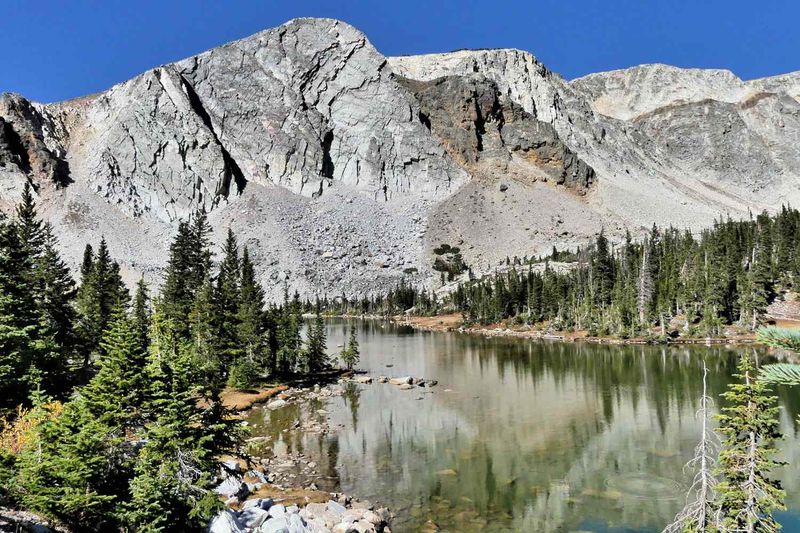
Longtime residents of Wyoming hold that the lake’s original name drew from the swastika’s ancient symbolism, signifying good luck and harmony. Before World War II, this symbol was widely appreciated across various cultures for its positive connotations. For these locals, the name was a nostalgic nod to the past, disconnected from the dark shadows it later acquired. Their argument is rooted in preserving a piece of cultural heritage, believing that the name should serve as a window into the times before any negative associations. It’s a reminder of the symbol’s origins, not its later misuse.
3. There Was Little Local Input
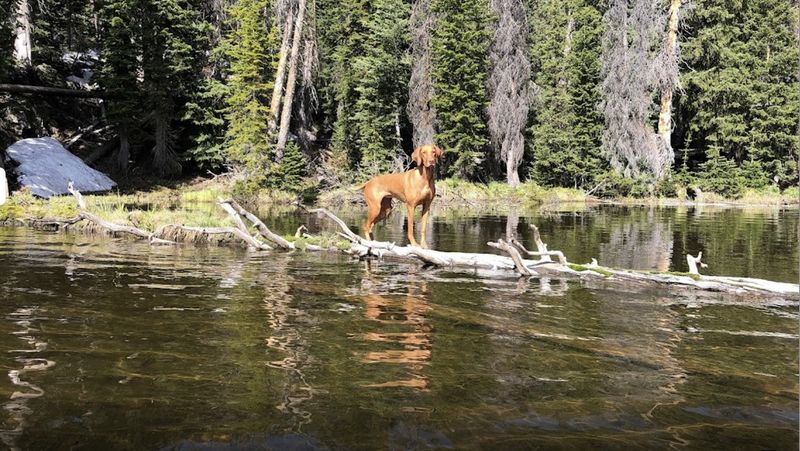
A significant grievance among those living near the lake is the perceived lack of consultation before the name change. Many feel that the federal authorities acted independently, disregarding the voices of those who are most connected to the land. This sense of exclusion has exacerbated tensions, as residents believe their insights and historical understanding could have enriched the decision-making process. The decision, seen by some as top-down, contrasts with local values of collaboration and community engagement, further fueling discontent among the populace.
4. Tourists Are Caught in the Middle

Tourists navigating the scenic trails around the lake find themselves amidst conflicting names. While some maps and GPS systems have updated to “Westside Lake,” many trail signs and older guides still reference “Swastika Lake.” This discrepancy creates confusion among hikers, anglers, and backpackers who frequent the area. Outdoor enthusiasts, drawn by the lake’s pristine beauty, are often left debating over the correct name. The clash of old and new reflects broader tensions, as visitors are inadvertently swept into this local controversy, despite their primary focus on nature appreciation.
5. Some Locals See It as “Erasing History”

For some residents, changing the lake’s name feels akin to rewriting history. They argue that by altering names, there’s a risk of losing touch with historical context, which could serve as an educational tool for visitors. This perspective holds that instead of renaming, efforts should focus on providing context and education about the symbol’s historical significance. The debate touches on broader themes of heritage preservation versus progressive change, with both sides passionate about maintaining cultural narratives that reflect their understanding of history.
6. Others Welcome the Change
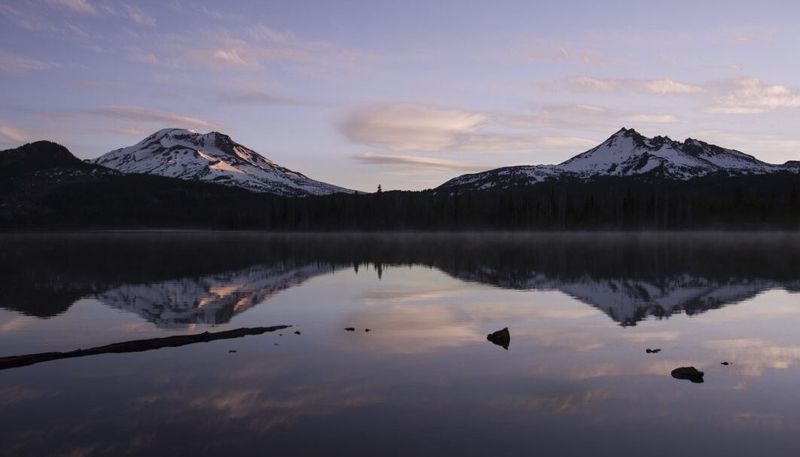
Not all locals are resistant to the lake’s new name. Some community members, particularly from Indigenous and minority groups, have welcomed the change. For these advocates, the name ‘Swastika’ stood as a painful reminder of oppression and hate. The renaming is seen as a step towards a more inclusive society, one that acknowledges the hurt such symbols can cause. This shift in nomenclature is appreciated as an opportunity to foster understanding and respect among different cultural groups, highlighting the dynamic nature of cultural symbols and their evolving meanings.
7. It’s Not the Only Place Affected
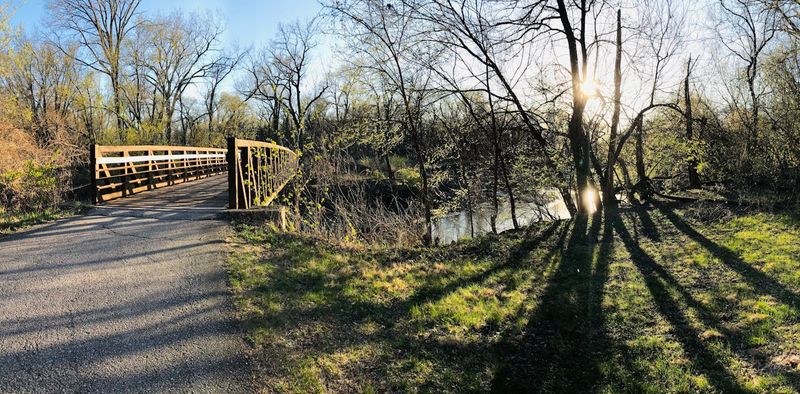
Swastika Lake joins a growing list of natural landmarks across the U.S. that have undergone renaming processes. This trend reflects an ongoing effort to address names deemed offensive or outdated. Mountains, rivers, and valleys have been reassessed, leading to national discussions about the stories these names tell. The movement highlights the power of names in shaping cultural identity and collective memory. As more locations reconsider their names, the complexity of balancing historical acknowledgment with modern sensibilities becomes increasingly apparent.
8. The Name Change Sparked National Attention

The controversy surrounding Swastika Lake’s renaming extended far beyond Wyoming’s borders. As news outlets picked up the story, it gained national attention, sparking debates across social media platforms. People from all walks of life weighed in, sharing opinions on cultural heritage, the power of symbols, and the importance of historical context. The lake, once a serene and obscure location, found itself in the national spotlight. This attention underscores how deeply intertwined place names are with identity and collective memory, revealing the layers of meaning they carry.
9. Maps and Guides Are Already Outdated
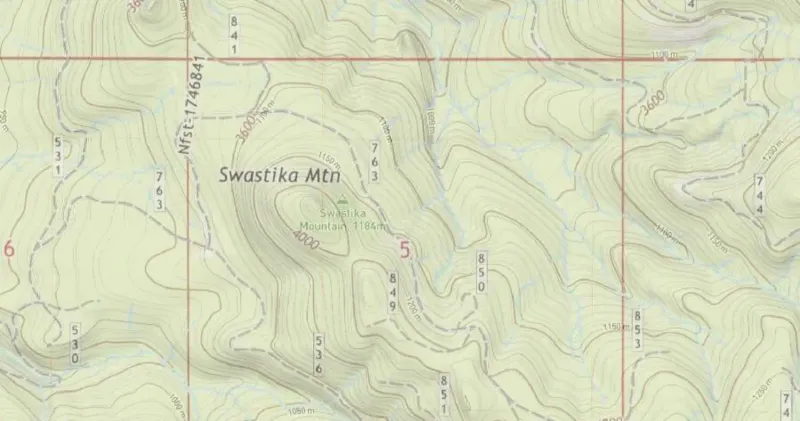
Many guidebooks and trail maps still feature the old name, creating potential safety issues for adventurers who depend on accurate navigation tools. As the name ‘Swastika Lake’ lingers in these resources, travelers may find themselves confused or misdirected. This lag in updates poses a risk, especially for those unfamiliar with the area. Navigational discrepancies further highlight the friction between past and present. The challenge is not only one of accuracy but also of acknowledging the symbolic weight names carry, as they are etched into both maps and memories.
10. Tourism Boards Are Staying Neutral

Wyoming tourism agencies have largely opted for a neutral stance on the matter. Instead of taking a definitive position, they focus on promoting the lake’s breathtaking beauty. Brochures and advertisements have been quietly updated to reflect the new name, steering clear of the controversy. This approach allows tourism boards to stay out of heated debates while continuing to attract visitors. By highlighting the natural allure of the region, they aim to ensure that the lake remains a popular destination, regardless of the name it bears.
11. Cultural and Political Tensions Are Fueling the Backlash
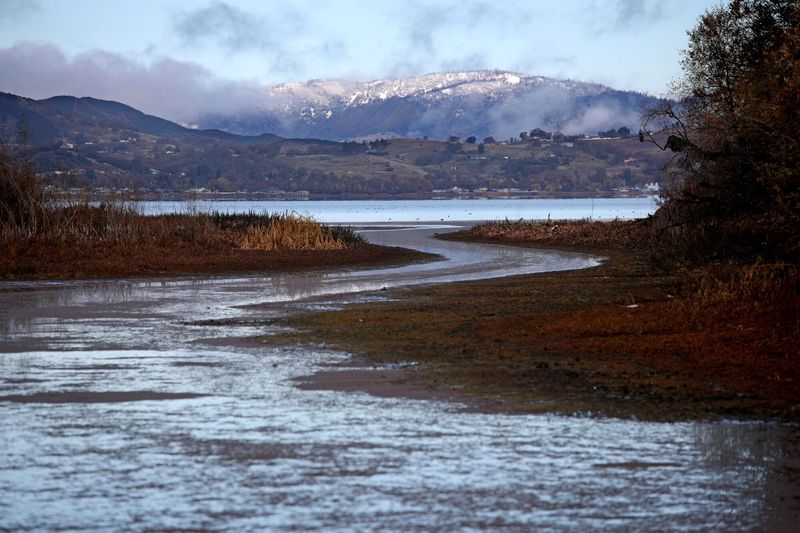
The debate over Swastika Lake’s name is emblematic of larger cultural and political tensions. As with many name changes across the country, it surfaces deeper issues around heritage, identity, and modern values. The backlash is fueled by differing perspectives on what it means to honor history while embracing change. Some see the renaming as progress, while others view it as unnecessary. This divide highlights the complexities of navigating cultural evolution, where symbols and names are battlegrounds for broader societal debates.
12. Outdoor Influencers Are Divided Too
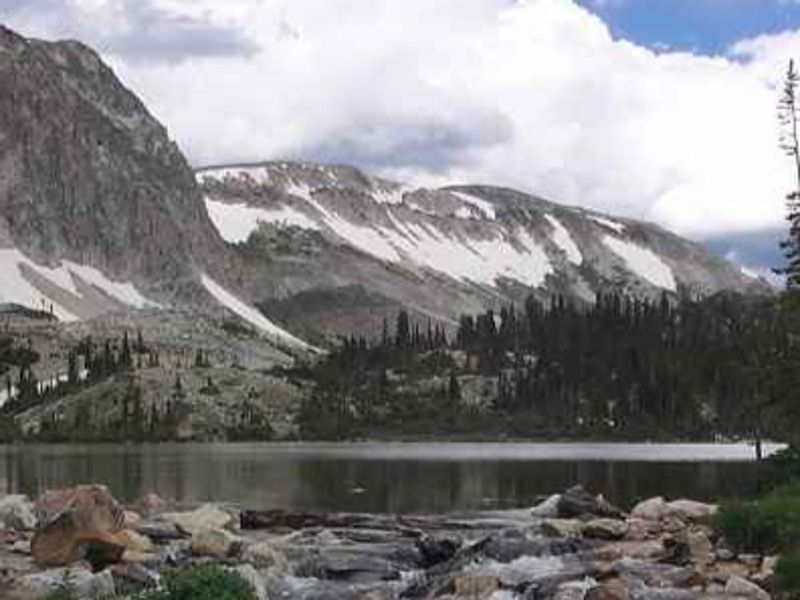
The name change of Swastika Lake has sparked differing opinions among outdoor influencers. Some applaud the change, viewing it as a step towards inclusivity and respect. Others argue it’s an unnecessary alteration that stirs division. These influencers, with significant followings, have amplified the debate, bringing it to a broader audience. Their divided opinions reflect the larger societal conversation about balancing tradition with modern values. As they share their experiences and thoughts online, the lake becomes a symbolic touchpoint for discussions on cultural sensitivity and progress.
13. Old Signage Still Stands—for Now
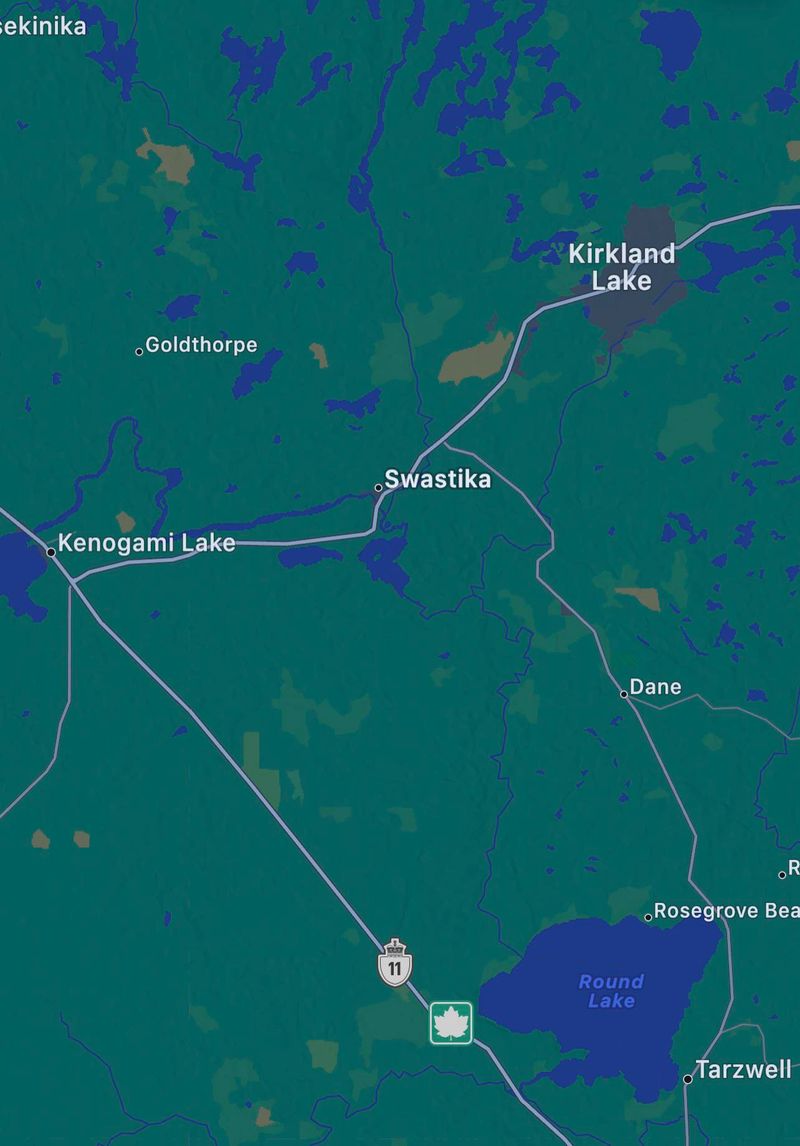
Despite the name change, many signs still display “Swastika Lake,” standing as remnants of its past. This juxtaposition creates an odd scene for visitors, who encounter a mix of old and new. The presence of outdated signage keeps the debate alive, as discussions persist in hiking forums and online platforms. While new signs are expected eventually, the current state reflects the slow transition process. It serves as a visual reminder of the ongoing conversation about identity and history, capturing the tension between preserving heritage and embracing change.
14. It’s Still a Stunning Destination
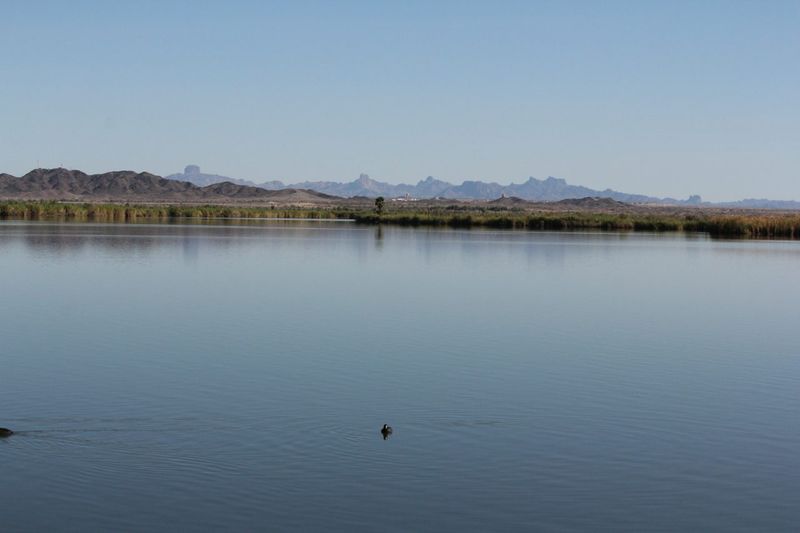
Regardless of the name it bears, the lake remains a breathtaking destination. Nestled in the Wyoming wilderness, it offers opportunities for hiking, trout fishing, and tranquil solitude. The natural beauty is unchanged by the debates surrounding its name. For many visitors, the appeal lies in the serene environment, which provides a peaceful escape from everyday life. While names may change, the allure of the landscape endures, drawing nature enthusiasts to experience its splendor firsthand. It stands as a testament to nature’s constant charm amidst human controversies.
15. Tourists Should Know Before They Go
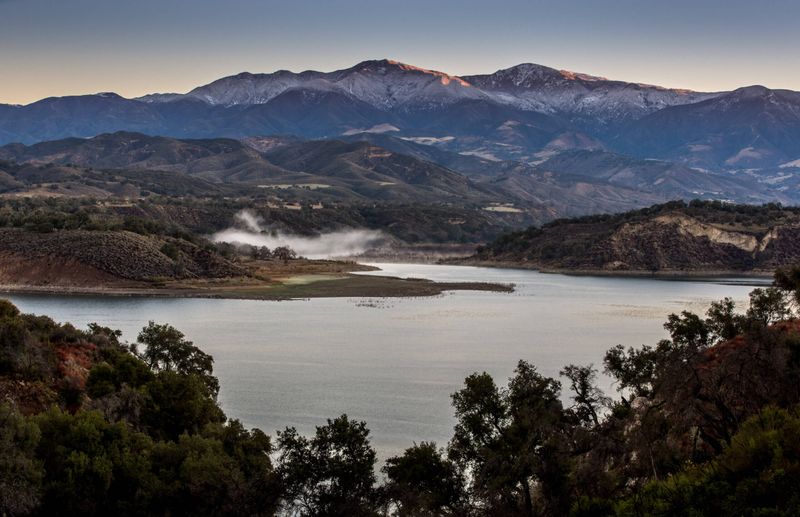
Visitors heading to the lake should be prepared for its dual identity. GPS systems, local conversations, and online maps may all reference the lake differently. This naming confusion could arise more than once during their visit. Being informed about the controversy can enhance the travel experience, allowing for meaningful engagement with locals. Whether supporting the name change or not, understanding its background adds depth to the journey. It’s a reminder that travel is not just about sights but also about the stories and dialogues encountered along the way.

